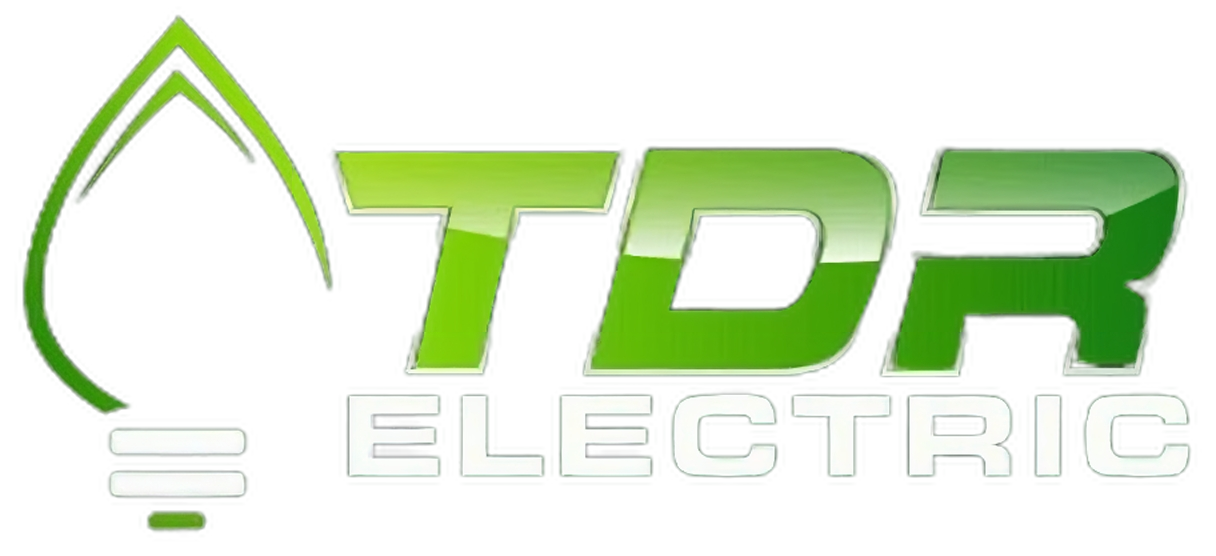Solar panels are one of the most popular choices for sustainable energy. See how they work and discover why they’re so efficient
In the pursuit of clean and sustainable energy, solar panels stand as remarkable devices, harnessing the abundant power of sunlight to generate electricity. At their core are photovoltaic (PV) cells, made from semiconductor materials, most commonly silicon. Understanding how these panels work unveils a world where sunlight becomes a nearly unlimited source of energy.
How Solar Panels Work: The Dance of Electrons and Currents
When sunlight bathes the PV cells, an interesting dance happens. The energy from the sunlight excites electrons within the cells, setting them into motion and generating an electrical current. This current, a product of the sun’s energy, is then deftly collected by the solar panel and converted into usable electricity. It’s a perfect example of physics and technology working together to transform sunlight into a practical power source.
Applications in Residential and Commercial Spheres
The impact of solar panels extends far beyond theoretical science. Commonly used in both residential and commercial settings, solar panels serve as the cornerstone of solar energy systems. These systems, often paired to battery storage and inverters, convert the direct current (DC) power generated by the panels into alternating current (AC) power, making it compatible with the electrical needs of homes and businesses.
Grid-Tie Systems: Efficiency in Harmony with the Grid
One popular integration is the Grid-Tie solar system, strategically connected to the utility power grid. This connection isn’t just a technical detail; it’s a key to unlocking greater efficiency, cost-effectiveness, and even monetary savings. With features like net metering, higher efficiency rates, and reduced equipment costs, Grid-Tie systems is a great example of the synergy between solar panels and existing power infrastructure.
Off-Grid Solar Panel Systems: Empowering Independence
For those seeking independence from the traditional power grid, Off-Grid Solar Panel Systems are the way to go. These systems, operating independently from the electricity grid, are designed for locations where extending the grid is impractical. Focusing on autonomy, they generate electricity from solar energy and store it in batteries for use during periods without sunlight.
An Off-Grid system usually includes solar panels, a battery bank for energy storage, a charge controller regulating the electricity flow, and an inverter converting stored DC power into usable AC power. This holistic approach ensures a constant and reliable source of electricity, even in the absence of sunlight or during power outages. The applications are diverse, ranging from powering homes and cabins to energizing RVs and remote telecommunication sites.
In the ever-evolving landscape of renewable energy, solar panels stand as symbols of innovation, offering not just electricity but a sustainable path toward a greener future. With advancements moving us forward, these panels pave the way for a world where clean, efficient, and limitless energy is not just a dream but a reality.
